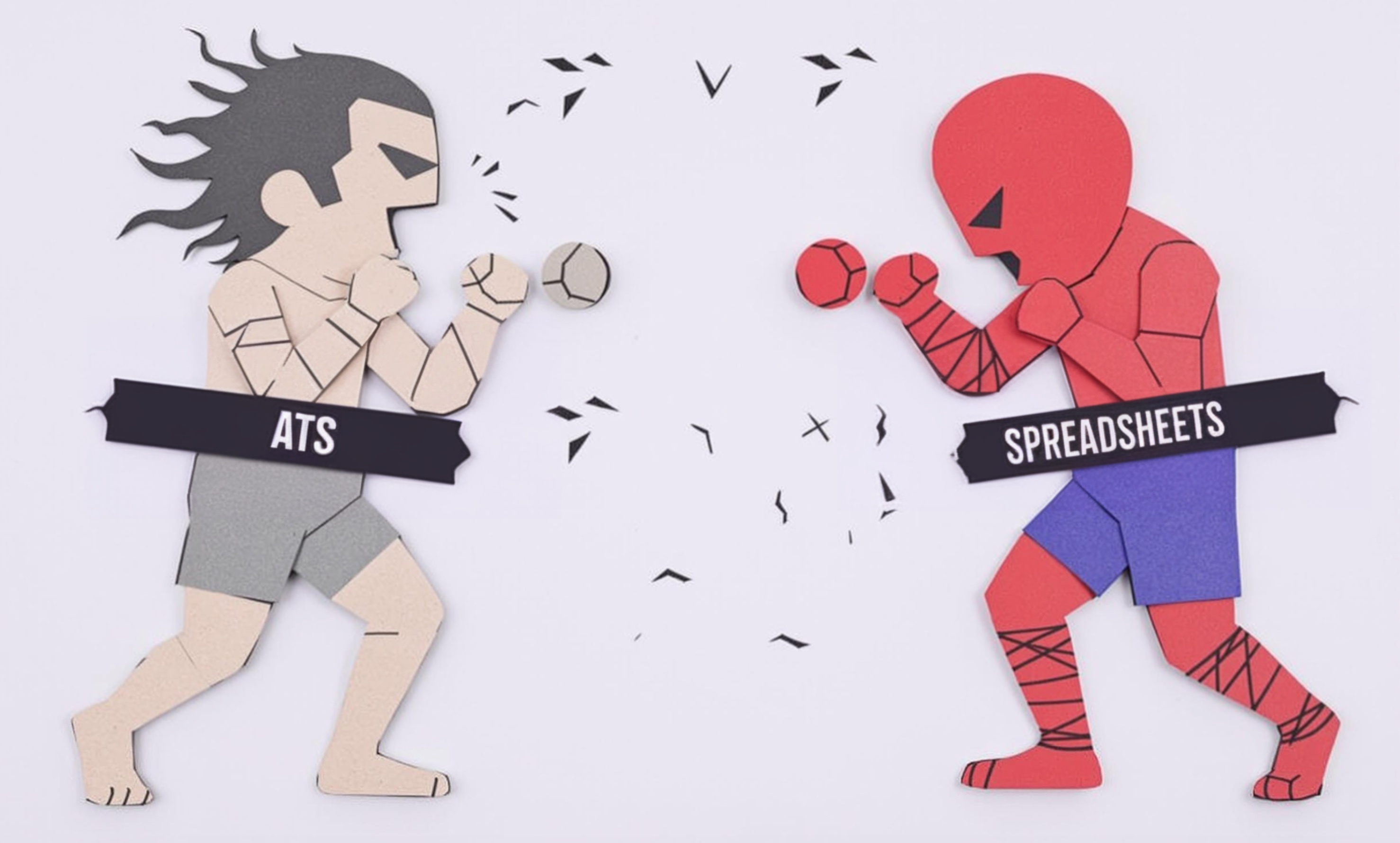
Risk Matrix
A Risk Matrix is a practical tool used by safety professionals to evaluate and rank workplace hazards. Think of it as a chart or table that helps determine how serious a potential problem might be and how likely it is to happen. Safety managers use this to decide which safety issues need immediate attention and which can be addressed later. It's similar to a priority list but specifically for workplace safety concerns. You might also hear it called a "Risk Assessment Matrix" or "Hazard Matrix." It's basically a way to organize and make sense of workplace dangers so companies can protect their employees better.
Examples in Resumes
Developed and implemented Risk Matrix assessments for 15 manufacturing sites
Created comprehensive safety protocols using Risk Matrix and Risk Assessment Matrix methodologies
Trained department managers on using Risk Matrix tools for daily operations safety
Typical job title: "Safety Managers"
Also try searching for:
Where to Find Safety Managers
Professional Organizations
Online Communities
Job Boards
Example Interview Questions
Senior Level Questions
Q: How would you implement a Risk Matrix program across multiple locations?
Expected Answer: Should discuss standardization of risk assessment processes, training programs for staff, methods for consistent scoring across sites, and ways to track and compare data between locations.
Q: How do you handle resistance to implementing new risk assessment procedures?
Expected Answer: Should explain change management strategies, stakeholder communication, demonstration of benefits through examples, and methods for gaining buy-in from different levels of management.
Mid Level Questions
Q: Can you explain how you would assess the risk level of a new workplace process?
Expected Answer: Should describe gathering information about the process, identifying potential hazards, evaluating likelihood and severity, and using the matrix to determine risk levels and control measures.
Q: How do you prioritize different risks identified through a Risk Matrix?
Expected Answer: Should explain how to balance severity and likelihood scores, discuss resource allocation, and mention the importance of both immediate and long-term risk management strategies.
Junior Level Questions
Q: What are the basic components of a Risk Matrix?
Expected Answer: Should describe the two main axes (likelihood and severity), how risks are scored, and basic color coding (usually green for low risk, yellow for medium, red for high).
Q: How would you explain a Risk Matrix to a new employee?
Expected Answer: Should demonstrate ability to explain the concept simply, perhaps using everyday examples, and explain why it's important for workplace safety.
Experience Level Indicators
Junior (0-2 years)
- Basic risk assessment principles
- Understanding of safety regulations
- Hazard identification
- Documentation of safety assessments
Mid (2-5 years)
- Development of risk control measures
- Training program development
- Incident investigation
- Safety audit conducting
Senior (5+ years)
- Program implementation across organizations
- Safety culture development
- Strategic risk management planning
- Corporate safety policy development
Red Flags to Watch For
- No practical experience with risk assessment tools
- Lack of knowledge about basic safety regulations
- Unable to explain risk levels in simple terms
- No experience with safety documentation or reporting
Need more hiring wisdom? Check these out...

Unlocking Team Potential: Personality Mapping for Dynamic Management

Why Your Hiring Spreadsheets Are Secretly Sabotaging Your Recruitment

Lost in Translation? How a Hybrid Mentorship Database Bridges Cross-Regional Talent

